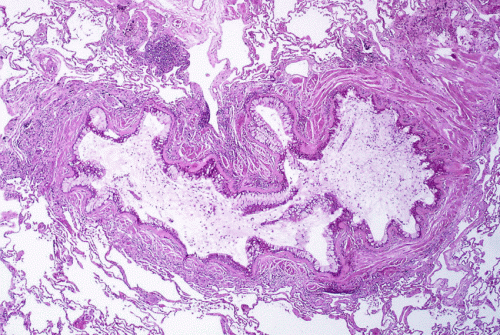Another test to help clinicians diagnose asthma more accurately

Although about 24 million Americans are diagnosed with asthma every year, there is no single test that can diagnose the disease. Common symptoms, such as shortness of breath, wheezing, and cough, are relatively nonspecific, and physicians may use multiple tests and observations to reach an accurate diagnosis. In order to assess the accuracy and reliability of one of these tests that can be added to the clinician's toolbox to diagnose asthma - fractional exhaled nitric oxide (FeNO) concentration - researchers gathered and analyzed data from previous peer-reviewed studies. They conclude that the FeNO test has moderate accuracy for patients aged 5 and older. Their results are reported in Mayo Clinic Proceedings.
Researchers from the AHRQ-funded Evidence-based Practice Center at Mayo Clinic (Rochester, MN) identified 43 studies comprising a total of almost 14,000 adult and pediatric patients with suspected asthma who received the FeNO test. This review was commissioned by AHRQ and the National Institutes of Health, National Heart, Lung, and Blood Institute, part of the U.S. Department of Health and Human Services.
"Asthma can sometimes be difficult to diagnose, and FeNO can be helpful to make therapeutic decisions more evidence based," explained lead investigator M. Hassan Murad, MD, MPH, of the Mayo Clinic. "In addition to a patient's history, the initial test is usually spirometry with an assessment of bronchodilator response. If this test does not confirm the diagnosis, but the index of suspicion for asthma is still high, measurement of FeNO may be helpful to rule in disease; although will still miss some patients with asthma."
Investigators evaluated FeNO data from the selected studies and categorized the results into four cutoff values, less than 20 ppb, 20 to 29 ppb, 30 to 39 ppb, and 40 ppb and over. Patients were also divided into two age groups, those older than 18 and those aged between 5 and 18.
For patients over 18, sensitivity decreased from 0.80 at 40 ppb. Specificity values were 0.64, 0.78, 0.85, and 0.93, respectively. Cutoff values change the sensitivity and specificity of the FeNO test. Lower cutoffs capture more people with disease but also cause more false positive results.
According to Dr. Murad, "There is no single test that can diagnose asthma. FeNO may be a helpful tool that aids in diagnosis. However, patients' history, physical exam, response to treatment and other pulmonary function tests remain needed to complete the puzzle and make the diagnosis. Future research is needed to determine how FeNO can be used with other biomarkers with hopefully better accuracy that can provide a more definitive diagnosis."
More information: Zhen Wang et al, The Diagnostic Accuracy of Fractional Exhaled Nitric Oxide Testing in Asthma: A Systematic Review and Meta-analyses, Mayo Clinic Proceedings (2017). DOI: 10.1016/j.mayocp.2017.11.012
















